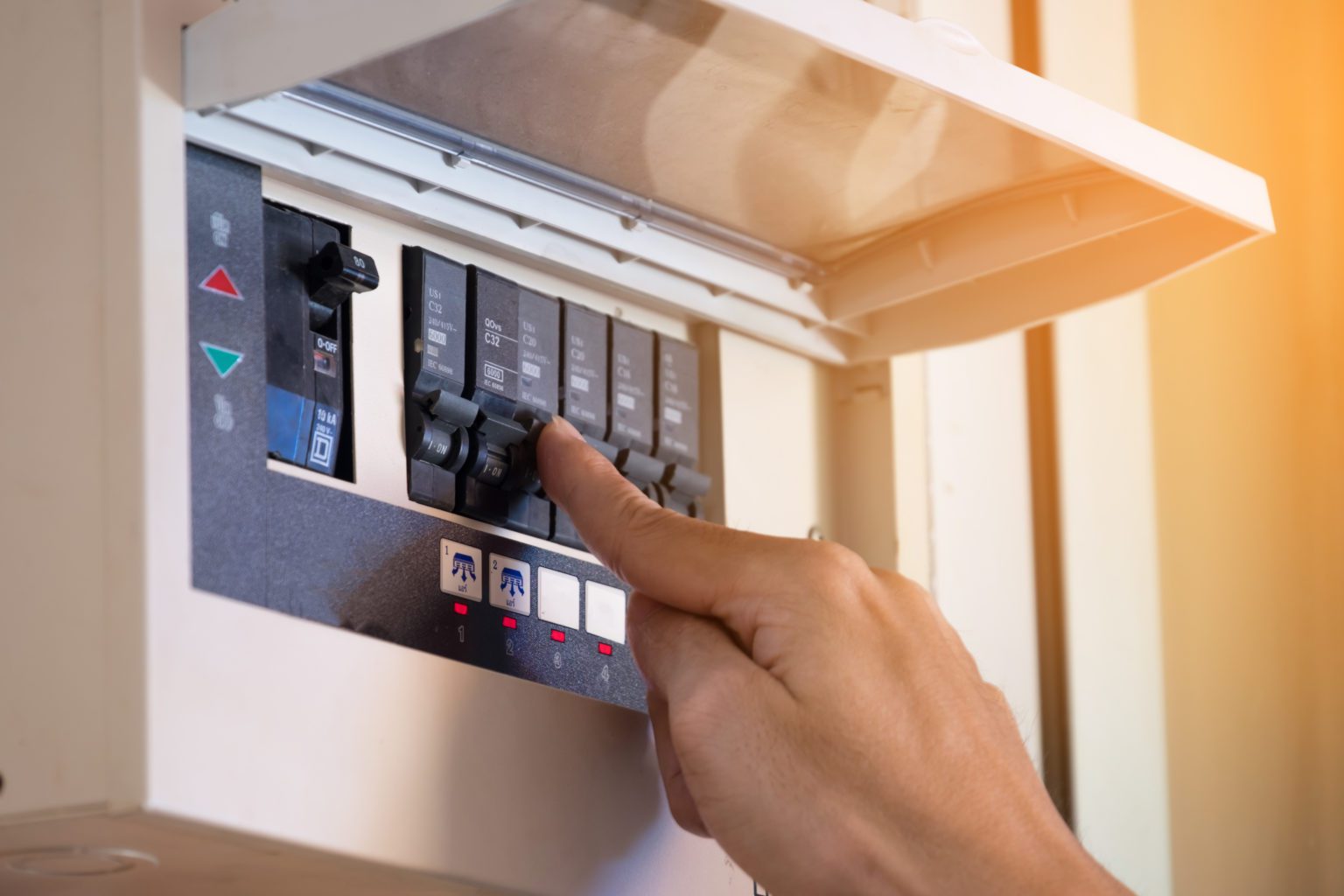Safety First: Why Knowing Your HVAC Circuit Breaker Matters
The purpose of this blog post is to provide information on how to identify which breaker controls your HVAC (heating, ventilation, and air conditioning) system. Understanding which breaker controls your HVAC is important for a number of reasons. If you experience an HVAC problem and need to troubleshoot, or if you want to perform routine maintenance on your HVAC system, it is goodecf` to know which breaker controls it.
Understanding Circuit Breakers
A circuit breaker is a safety device that is designed to protect an electrical circuit from damage caused by overload or short circuits. Circuit breakers come in different types, such as standard breakers, GFCI breakers, and AFCI breakers. Standard breakers are the most common type and are used to protect circuits in the home. GFCI breakers are used to protect circuits that are near water sources, such as in bathrooms and kitchens. AFCI breakers are used to protect circuits that are in areas where there is a higher risk of fire, such as bedrooms.
Circuit breakers work by sensing when an electrical circuit is overloaded or shorted and then breaking the circuit, which stops the flow of electricity. This protects the electrical circuit from damage and also keeps the home and its occupants safe.
HVAC and Circuit Breakers
HVAC systems are used to control the temperature and air quality in a home or building. HVAC systems consist of several components, such as a furnace, air conditioner, thermostat, and ductwork. These components are connected to electrical circuits, which are protected by circuit breakers. The HVAC system’s circuit breaker is an important component that keeps the system safe. It is responsible for protecting the electrical circuit that powers the HVAC system and prevents damage caused by power surges or short circuits.
How to Identify the HVAC Circuit Breaker
- Locate the main electrical panel in your home. This is typically found in the basement, utility room, or garage.
- Look for the HVAC circuit breaker. It may be labeled with the word “HVAC” or “Furnace” and it may be a different color than the other breakers.
- If you can’t find the HVAC circuit breaker, check the owner’s manual for your HVAC system. It should have a diagram of the electrical system and indicate the location of the HVAC circuit breaker.
- If you are still having trouble finding the HVAC circuit breaker, contact a professional electrician for help.
Tip:
- It is important to always turn off the power to the HVAC system before working on it. This can be done by turning off the HVAC circuit breaker.
How to Reset the Air Conditioner Circuit Breaker Outside
Resetting an ac breaker or ac breaker fuse outside:
- Locate the AC unit and the breaker box. The breaker box is typically located near the AC unit and may be a metal or plastic enclosure.
- Look for the AC breaker. It may be labeled with the word “AC” or “Air Conditioner.”
- Turn off the power to the AC unit by switching the breaker to the “Off” position. Make sure the switch is fully in the “Off” position.
- Wait a few minutes, and then switch the breaker back to the “On” position.
- Turn the thermostat to “Cool” and set the temperature to your desired setting.
- Listen for the AC unit to start. If the unit does not start, wait a few more minutes and check to make sure the thermostat is set correctly.
- If the unit still does not start, you may need to call a professional to diagnose and fix the problem.
As for the sizes of HVAC circuit breakers, they typically come in different amperages (amps) such as 15, 20, 30, 40 and 50. The amperage rating of a breaker corresponds to the amount of electrical current it can safely handle. The size of the HVAC unit and the electrical service of the building will determine the appropriate size of the breaker.
Conclusion
In this blog post, we have discussed the importance of understanding which breaker controls your HVAC system. We have also provided information on circuit breakers and how they work, as well as instructions on how to locate the HVAC circuit breaker. If you have additional questions and want to get in contact with GGR Home Inspections please send us a note, text, or call.







Pingback: How to Size the Air Conditioner Breaker - GGR Home Inspections